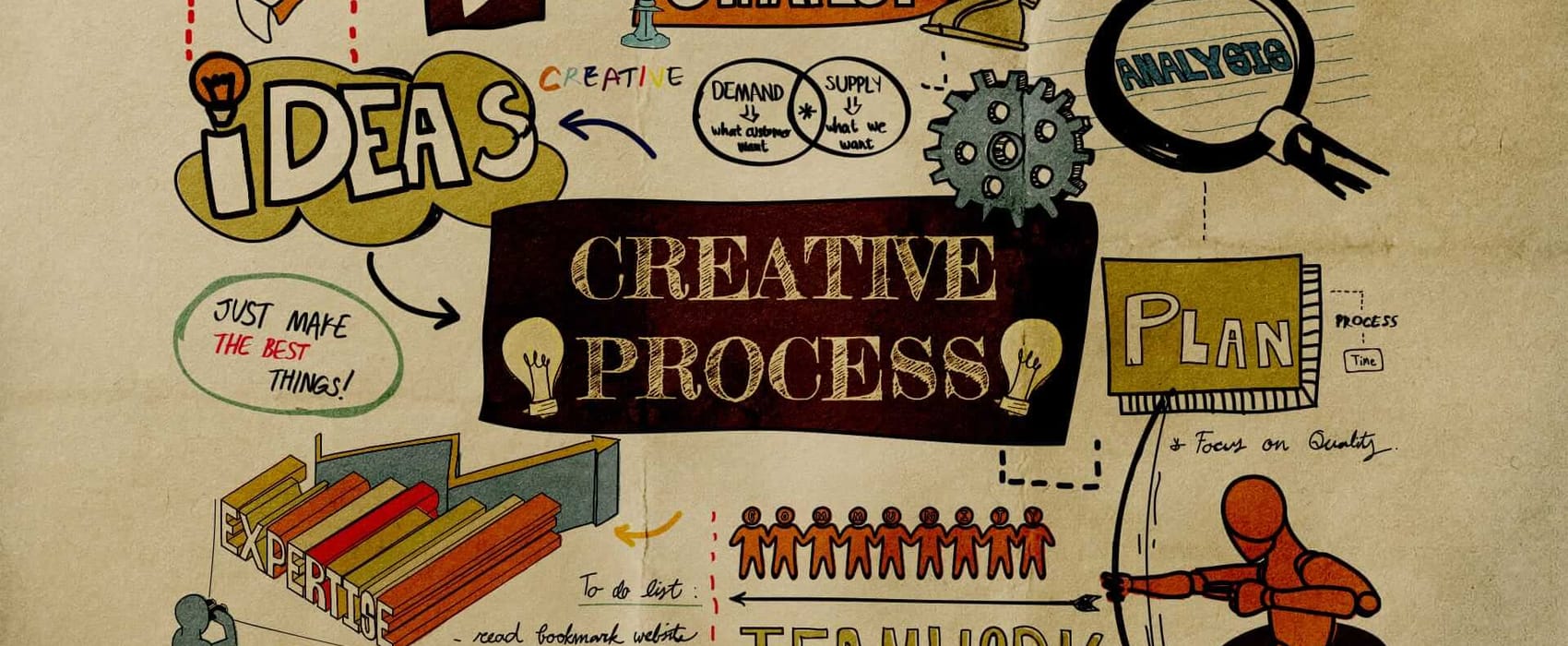Table of Contents:
Digital transformation programs are creative pursuits typically managed as a technical program and that is a key reason that organisations get into trouble with these complex initiatives.
This inhibits success – even if you hit your budget targets, milestones and completed tasks, you can still fail because you haven’t delivered something your customer truly needs. New ideas, creative approaches and teams working together based on shared views of success do not thrive in constrained conditions.
Here are three reasons why directors should view digital transformation as a creative pursuit and ensure that programs can work without constraints:
1. Design Thinking Principles.
Humans, by nature, are creative thinkers and problem solvers who can become stifled by the constraints of a technically-drive transformation program.
Design thinking principles at their heart amplify human strengths by encouraging empathizing with customer needs, generation of ideas and iteration of solutions to improve the overall outcome over time. When ideating, it is best to begin without constraints and then move to prototyping with regular feedback loops and ongoing iteration. Forcing program team members into a fixed position at the beginning of a transformation program will stifle creativity and break the connection to customer needs.
Building a transformation team with people who can empathise with customer needs and apply creativity ahead of those who have a deep understanding of how the current state works is a much better recipe for success.
2. Encouraging Diverse Thinking.
The process of digital transformation brings together people from various backgrounds and disciplines, encouraging diverse and creative thinking.
This diversity mirrors the human tendency to generate ideas and solutions from a multitude of perspectives. These perspectives create a shared view which can be applied to not only what you are creating but also how you create it. This view will always supersede a mandated direction from an individual or small group of people.
Some of the best relationships I have established during transformation programs are with people who have a different background, experience or skill set than me.
3. Narrative and storytelling.
A transformation program without its story is only a list of tasks, issues and deliverables, nothing more.
The vision for your transformation, your why, needs the story for people to connect to. Without the story, task execution becomes solely that – doing and no more thinking. Without the transformation story, new stories emerge in the form of fear (what does this mean for my role?), stress (why am I working so hard to deliver something I don’t believe in?) or revision (why shouldn’t we wait this out and do something else afterwards?).
A critical role for directors of transformation programs is to create the story and speak it loudly – before, during and after transformation.
Community hub
Kindly adhere to our Community Guidelines.